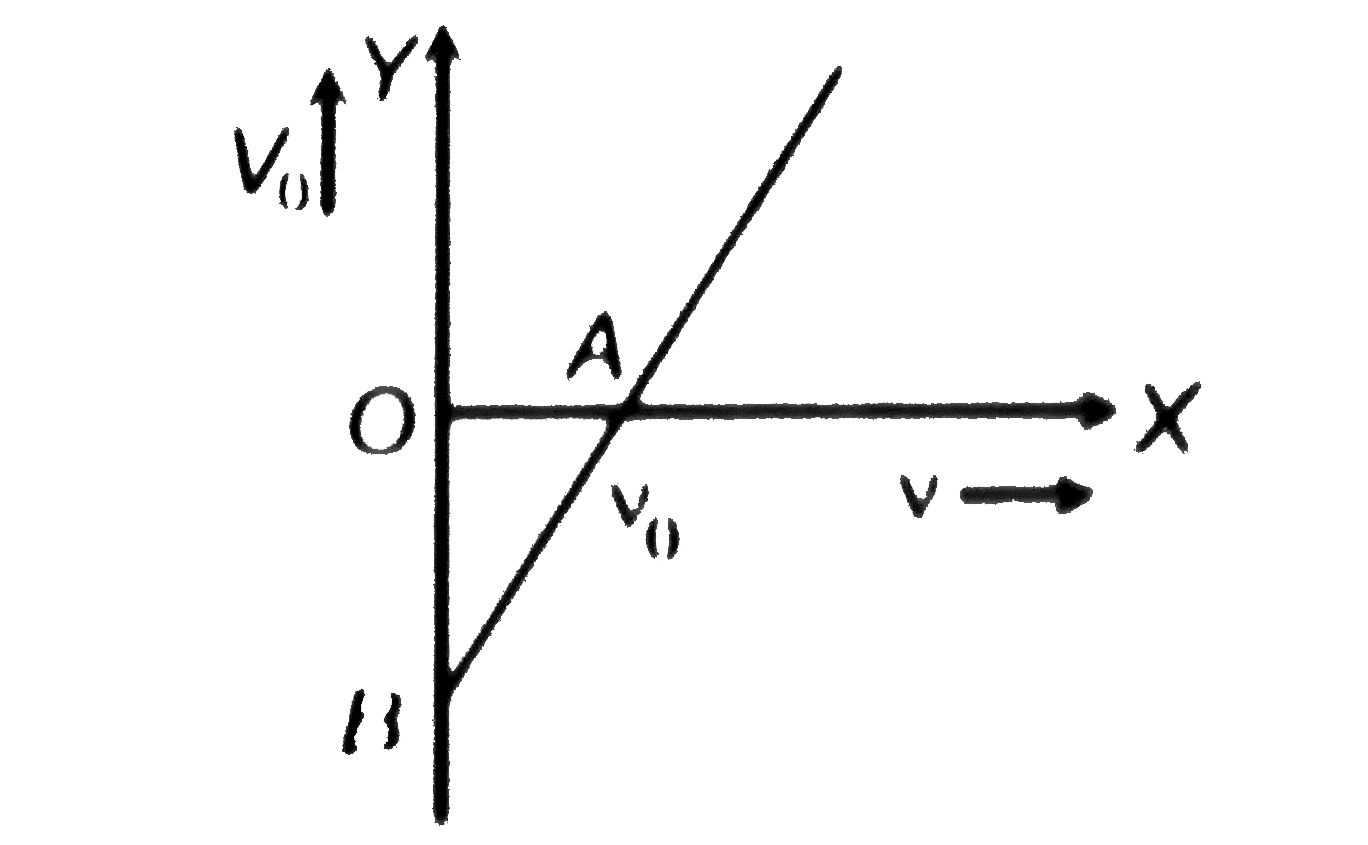Photoelectric emission occurs only when the incident light has more than a certain minimum
Frequency
Power
Wavelength
Intensity
The correct Answer is:A
Step by step video solution for Photoelectric emission occurs only when the incident light has more than a certain minimum by Physics experts to help you in doubts & scoring excellent marks in Class 12 exams.
Updated on:21/07/2023Topper's Solved these Questions
- ALTERNATING CURRENT BOOK - AAKASH INSTITUTE ENGLISHCHAPTER - ALTERNATING CURRENT EXERCISE - Try Yourself
15 Videos
- ALTERNATING CURRENT BOOK - AAKASH INSTITUTE ENGLISHCHAPTER - ALTERNATING CURRENT EXERCISE - Assignment (Section - A) ( Objective Type Questions ( One option is correct))
40 Videos
- ATOMSBOOK - AAKASH INSTITUTE ENGLISHCHAPTER - ATOMSEXERCISE - ASSIGNMENT SECTION J (Aakash Challengers )
5 Videos
Similar Questions
The photoelectric emission from a surface starts only when the light incident upon the surface has certain minimum:
View Solutionin an experimental set up to study the photoelectric effect a point soure fo light of power 3.2×10−3 W was taken. The source can emit monoenergetic photons of energy 5eV and is located at a distance of 0.8 m from the centre of a stationary metallic sphere of work-function 3.0 eV. The radius of the sphere is r=8..10−3 m. The efficiency of photoelectric emission is one for every 106 incident photons. Based on the information given above answer the questions given below. (Assume that the sphere is isolated and photoelectrons are instantly swepts away after the emission).
Time after which photoelectric emission stops is
View Solution
Knowledge Check
Assertion : Photoelectric current depends on the intensity of incident light.
Reason : Number of photoelectrons emitted per second is directly proportional to intensity of incident radiation.AIf both assertion and reason are true and reason is the correct explanation of assertion.BIf both assertion and reason are true but reason is not the correct explanation of assertion.CIf assertion is true but reason is false.DIf both assertion and reason are false.In a photoelectric experiment, if both the intensity and frequency of the incident light are doubled, then the saturation photoelectric current
Aremains constantBis halvedCis doubledDbecomes four times
In an experiment on photoelectric effect the frequency f of the incident light is plotted against the stopping potential V0. The work function of the photoelectric surface is given by ( e is the electronic charge)

View SolutionIn a photoelectric emission process the maximum energy of the photo - electrons increase with increasing intensity of the incident light .
View SolutionIn a photoelectric experiment the wavelength of incident light changes from 4000 Å to 2000 Å. The change in stopping potential is
View SolutionIn a photoelectric experiment, the wavelength of the incident light is decreased from 6000A to 4000A. While the intensity of radiations remains the same,
View SolutionWhen light of sufficiently high frequency is incident on a metallic surface, electrons are emitted from the metallic surface. This phenomenon is called photoelectric emission. Kinetic energy of the emitted photoelectrons depends on the wavelength of incident light and is independent of the intensity of light. Number of emitted photoelectrons depends on intensity. (hv−ϕ) is the maximum kinetic energy of emitted photoelectron (where ϕ is the work function of metallic surface). Reverse effect of photo emission produces X-ray. X-ray is not deflected by electric and magnetic fields. Wavelength of a continuous X-ray depends on potential difference across the tuve. Wavelength of charasteristic X-ray depends on the atomic number.
Q. If potential difference across the tube is increased then
View SolutionFor photoelectric emission from certain metal the cut - off frequency is v. If radiation of frequency 2v incident on the metal plate , the maximum possible velocity of the emitted electron will be (m is the electron mass).
View Solution
